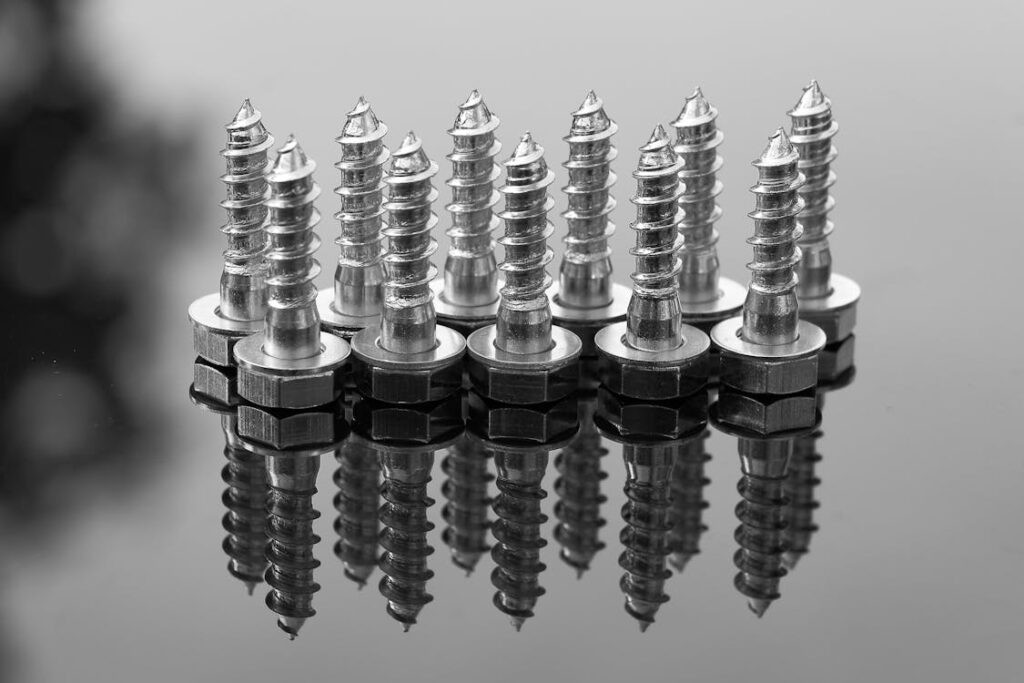We frequently conceive, the objects moving in straight lines when we think about motion. Rotational motion is an essential part of everything we do on a daily basis, from the Earth revolving on its axis to a car tire turning.
Torque and angular momentum are two basic ideas that aid in our knowledge and description of this motion. Understanding how objects spin, accelerate, and how forces affect rotational motion depends on both of these.

What is Torque?
It’s common to hear that torque is the “rotational equivalent” of force. Torque rotates an item around an axis in the same way that force moves an object in a straight line. Torque, is the amount of force that can rotate an item around an axis. Possibility for rotation increases with increasing torque.
Mathematically, torque (τ) is expressed as:
τ = r × F
Where:
τ is the torque,
r is the distance (or lever arm) from the axis of rotation to the point where the force is applied,
F is the force applied, and
× represents the cross-product, meaning that torque depends on the angle at which the force is applied.
Factors Influencing Torque
There are two key factors that affect the magnitude of the torque:
1.Magnitude of the applied force – A stronger force results in more torque.
2. Length of the lever arm – More torque is produced by forces that are located farther from the axis of rotation. When using a wrench, consider that a longer wrench increases torque and makes it easier to turn a bolt because of the longer lever arm.
Direction of Torque
Similar to force, torque possesses both magnitude and direction, making it a vector quantity. Torque’s direction can be ascertained by applying the “right-hand rule.” Your thumb points in the direction of the torque vector if you curl the fingers on your right hand in the direction of the force and point them in the direction of the lever arm.
Everyday Examples of Torque
A door can rotate and open because of the torque created around its hinges by the force you provide to the door handle. Torque is also necessary when using a screwdriver to tighten a screw. More torque is produced and the screw is easier to tighten or loosen the farther the force is applied from the screw’s axis. Torque, explore angular momentum and it ties into rotational motion.

What is Angular Momentum?
Rotational counterpart of linear momentum is called angular momentum. Similar to linear momentum, which quantifies an object’s motion in a straight line, angular momentum quantifies an object’s motion in a rotation around an axis. Similar to torque, angular momentum is a vector quantity.
Mathematically, angular momentum (L) is given by:
L = r × p
Where:
L is the angular momentum,
r is the position vector (distance from the axis of rotation),
p is the linear momentum of the object, and
× indicates the cross-product.
Angular momentum can also be expressed as:
L = I ⋅ ω
Where:
L is the angular momentum,
I is the moment of inertia (a measure of an object’s resistance to change in rotational motion),
ω (omega) is the angular velocity (how fast the object is rotating).
Conservation of Angular Momentum
Law of conservation of angular momentum is among the most significant concepts related to angular momentum. According to this law, a system’s total angular momentum stays constant if no external torque occurs on it.
Skaters can spin more quickly because of this when they skater spins more slowly and has a greater moment of inertia when their arms are extended. They spin faster as a result of their arms being pulled inward, which reduces their moment of inertia and increases their angular velocity to preserve angular momentum.
Angular Momentum in Everyday Life
Angular momentum is evident in many areas of life:
Sports: Athletes modify their body’s mass distribution to regulate their spin in gymnastics, ice skating, and diving. They can change their rotational speed by adjusting their moment of inertia.

Astronomy: An illustration of angular momentum in motion is the rotation of the Earth and its orbit around the Sun. As planets orbit stars, they preserve angular momentum, accelerating toward the star and decelerating away from it.
Physics experiments: For stability, devices such as gyroscopes rely on angular momentum. They are helpful in navigation systems because of the conservation of angular momentum, which makes them resistant to changes in orientation.
Relationship between Torque and Angular Momentum
Angular momentum and torque are intimately associated. Similar to how force is the rate of change of linear momentum, torque is the rate of change of rotational momentum. An item in rotation experiences a change in angular momentum when a torque is applied. This relationship is expressed by the following equation:
τ = dL / dt
This indicates that an object’s angular momentum changes in response to torque applied to it. The conservation law states that the angular momentum is constant in the absence of an external torque.
Note:-
To sum up, the ideas of torque and angular momentum are essential to rotational motion. An object’s rotational motion is measured by its angular momentum, whereas torque defines the rotational impact of a force applied at a distance from an axis.
These ideas aid in our comprehension and forecasting of the behavior of rotating objects, such as planets in orbit or spinning tops. These ideas help us comprehend the forces and processes that shape our environment on a deeper level.